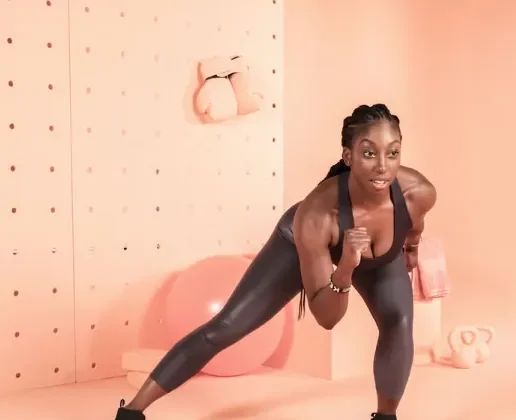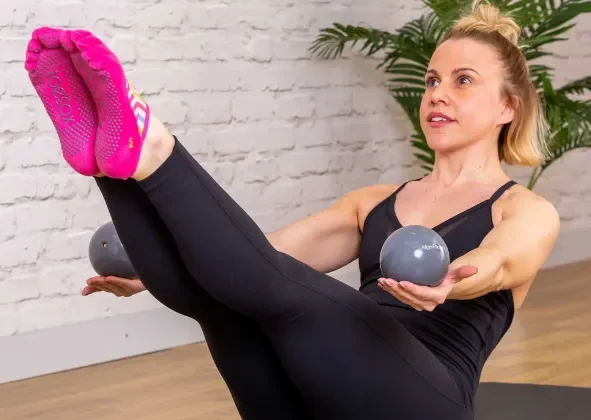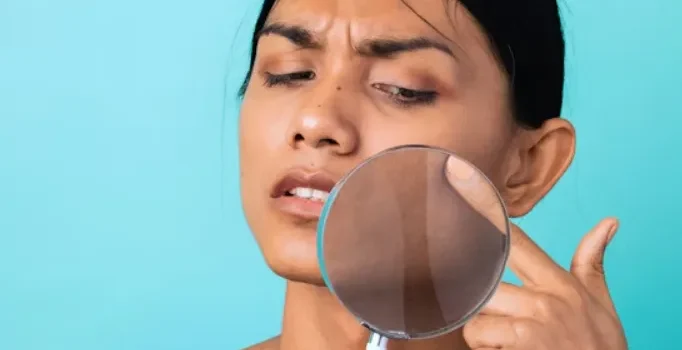
When consumed in moderation, alcohol can have a slight positive effect on heart health, particularly in raising HDL (good) cholesterol. However, excessive drinking can lead to high cholesterol and an increased risk of cardiovascular disease. Understanding how alcohol affects cholesterol can help you make informed choices about your drinking habits.
Moderation Is Key
Numerous studies have shown that moderate drinking can increase HDL cholesterol compared to those who don’t drink at all. HDL cholesterol plays a crucial role in transporting excess fats from the arteries to the liver for processing, which helps maintain healthy blood vessels.
For women who are not pregnant, moderate drinking is typically defined as one drink per day, while for men, it’s up to two drinks per day. A “standard drink” contains around 14 grams of pure alcohol, which equals:
- 12 oz of regular beer
- 5 oz of wine
- 1.5 oz of distilled spirits
Exceeding these recommended limits does not increase HDL cholesterol further and can lead to negative health consequences, including adverse effects on your cholesterol levels.
The Risks of Heavy Drinking
When alcohol consumption increases beyond moderation, it starts to have a detrimental impact on cholesterol levels. Heavy drinking can raise LDL (bad) cholesterol and triglycerides, both of which contribute to plaque buildup in arteries and increase the risk of heart disease.
LDL cholesterol particles are known to deposit fat into the walls of blood vessels, leading to a condition called atherosclerosis. High triglyceride levels also thicken the blood, which can elevate blood pressure and create an environment conducive to cardiovascular issues.
Binge drinking—consuming large amounts of alcohol in a short period—is particularly harmful. Research shows that binge drinking can cause a significant increase in both triglycerides and total cholesterol levels compared to moderate drinking.
In addition to cholesterol changes, heavy drinking often leads to weight gain, which further compounds the risk to heart health. In general, the negative impacts of excessive alcohol consumption far outweigh any minor benefits it might have on cholesterol.
Why Alcohol Affects Cholesterol
To understand how alcohol affects cholesterol, it’s important to know how your body processes alcohol. Ethanol, the primary type of alcohol in beverages, is absorbed into the bloodstream and processed by the liver.
In the liver, ethanol is converted into acetate, which is then transformed into fatty acids and cholesterol. This process results in increased levels of liver fat, blood triglycerides, and circulating cholesterol after heavy drinking sessions.
Long-term heavy drinking can cause liver damage, which negatively alters cholesterol metabolism and allows LDL and triglycerides to accumulate over time.
Genetics Play a Role
It’s important to note that not everyone responds to alcohol the same way when it comes to cholesterol. Genetics play a role in determining how alcohol affects your cholesterol levels. Some individuals may be more sensitive to alcohol’s effects, while others may not experience the same degree of change.
While genetic factors are significant, other aspects like gender, body weight, medications, pre-existing health conditions, and lifestyle habits also influence how alcohol impacts cholesterol.
How to Minimize Alcohol’s Effect on Cholesterol
If you choose to drink alcohol, there are steps you can take to help mitigate its potential impact on your cholesterol:
- Stick to moderate drinking guidelines—avoid consuming excessive alcohol.
- Opt for dry wines and spirits instead of beer or sugary cocktails.
- Incorporate plenty of fruits, vegetables, and whole grains into your diet. These foods help counteract some of the negative effects of alcohol.
- Make regular physical activity a part of your routine to support overall heart health.
- Aim for 7 to 9 hours of quality sleep each night, as poor sleep can exacerbate the effects of alcohol on cholesterol.
- Maintain a healthy body weight and manage your calorie intake to reduce risks to your heart.
- Have your cholesterol levels checked regularly—at least every five years, or more frequently if you have a family history of high cholesterol.
Diet and Lifestyle Modifications for Better Cholesterol
Making changes to your diet and lifestyle can provide additional protection against the harmful effects of excessive alcohol. These modifications can help lower your cholesterol levels and reduce your risk of cardiovascular disease.
Consider the following tips, and discuss them with your doctor:
- Limit foods that are high in saturated and trans fats, such as fatty meats, whole dairy products, and fried snacks. These fats raise LDL cholesterol and total cholesterol levels.
- Cut back on refined carbohydrates, like sugary drinks, white bread, pastries, and pasta, as these foods quickly elevate blood sugar and triglycerides.
- Increase your intake of soluble fiber from sources like oatmeal, beans, lentils, and whole grains. Soluble fiber binds to cholesterol, helping to eliminate it from the body.
- Add omega-3 fatty acids to your diet by eating fish such as salmon, tuna, and mackerel, which can help lower LDL cholesterol.
- Avoid smoking, as it lowers HDL cholesterol and significantly increases the risk of heart disease.
- Get regular exercise, both aerobic and strength training, to raise HDL cholesterol and support weight management.
- If you’re overweight, losing even a small amount of weight (5% to 10%) can have a positive effect on your cholesterol levels.
- Manage health conditions like diabetes, hypothyroidism, and chronic inflammation, which can negatively affect cholesterol levels.
- Reduce stress through mindfulness techniques, as chronic stress can lower HDL and raise LDL cholesterol.
- Ensure you’re getting enough sleep, as poor sleep under seven hours per night can worsen cholesterol levels.
Before making any significant changes to your diet or exercise routine, consult with your healthcare provider to ensure these adjustments are appropriate for your specific situation.


















